Design thinking with Circles of Grant County
Grant County, Indiana has one of the highest rates of childhood poverty in the state.¹ I utilized design thinking, positive psychology, and artistic practices to create a positive experience for children who experience or are tangential to poverty. This project was done through Circles of Grant County, an organization that exists to come alongside families who are trying to move from poverty toward thriving and equips the community to change unjust systems that allow poverty to continue.
Client: Circles of Grant County
Discipline: Design Thinking
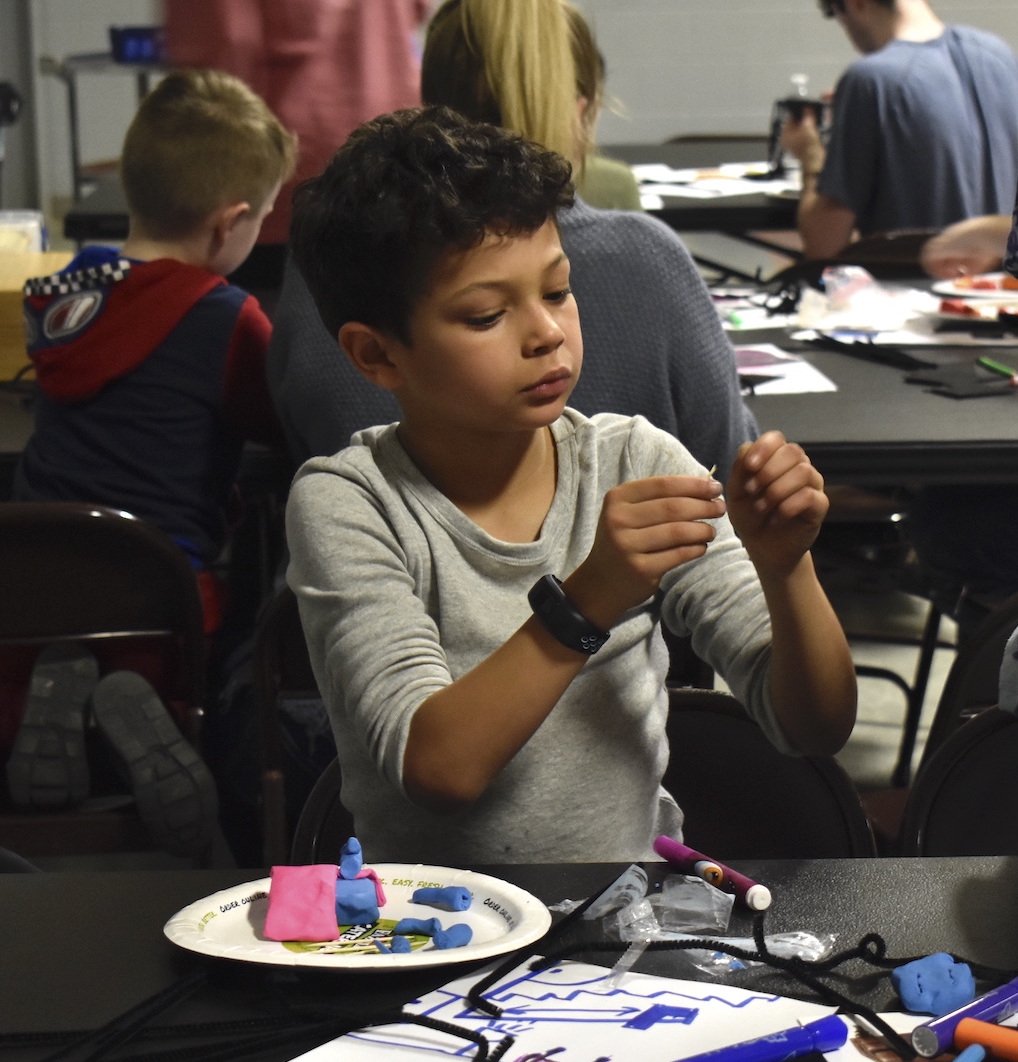
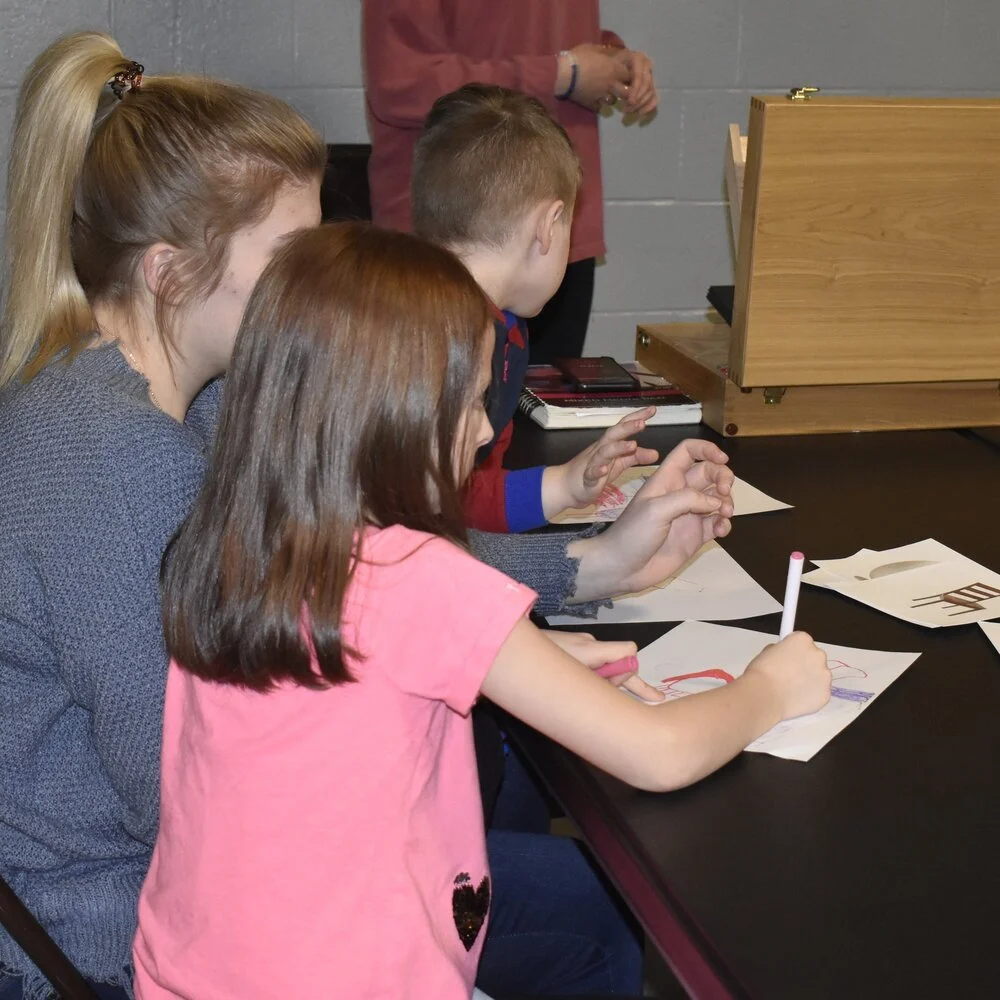
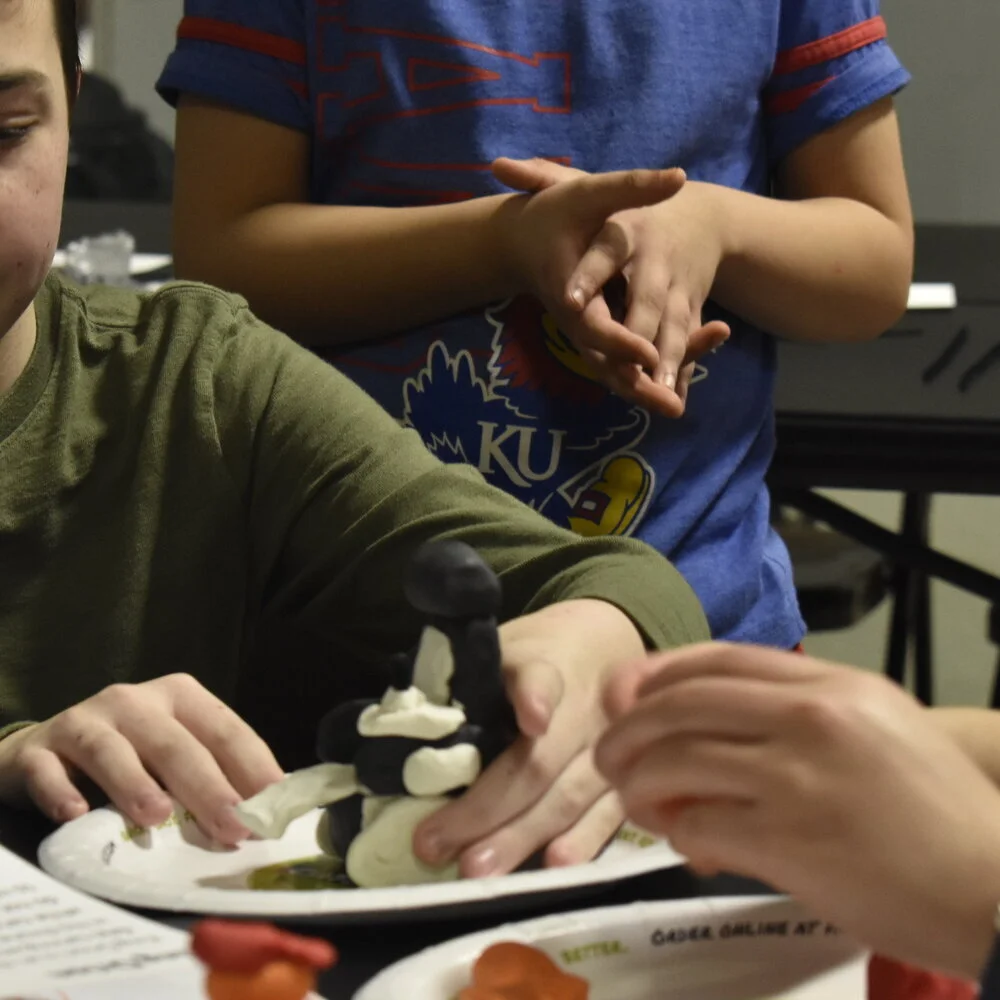
Empathy-driven design
The first design thinking session took place on February 4th, 2020. The premise of the session was to use chairs as a door for a practical consideration of empathy. After explaining the basic concept of what we would be doing, We split into small groups. Each group had some elementary-aged children and an older youth or adult helper. We looked at pictures of many different kinds of chairs, and then discussed what they looked like, what and who they might be for, and what kind of environment they would perhaps be found in.



Persona building
Next, we handed out character cards and in their groups they discussed the potential needs of their character. They made lists of things they thought their chair should have in order to meet the needs of their character best. They thought about who their character was, and wondered about their character’s life and day-to-day activities and challenges.






Perspective as a strength
In their groups, they sketched different ideas for their chairs. Some groups made precise diagrams of specific features they wanted to include, and some groups chose to make many quick sketches that helped them understand the chair from multiple perspectives.
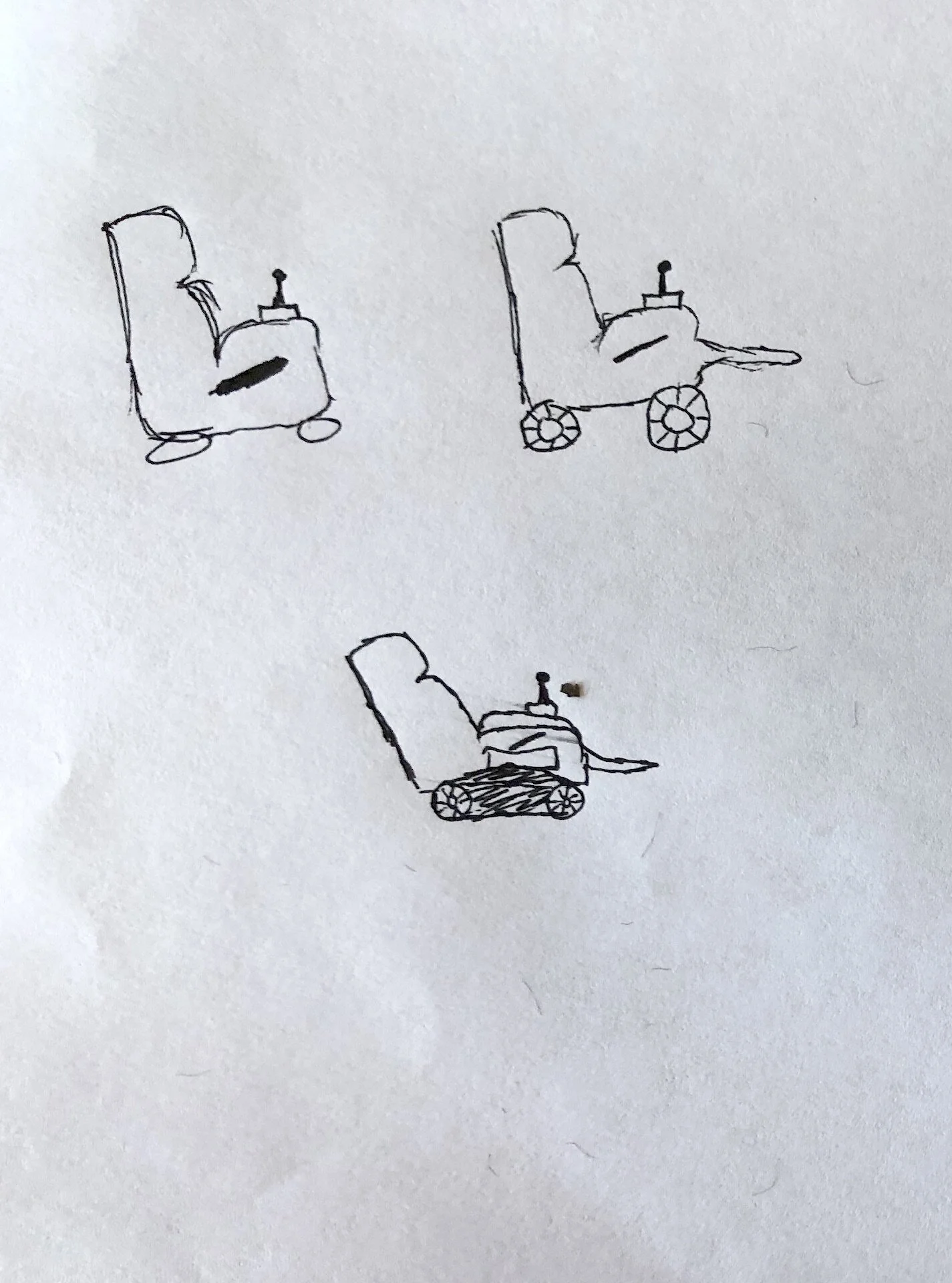
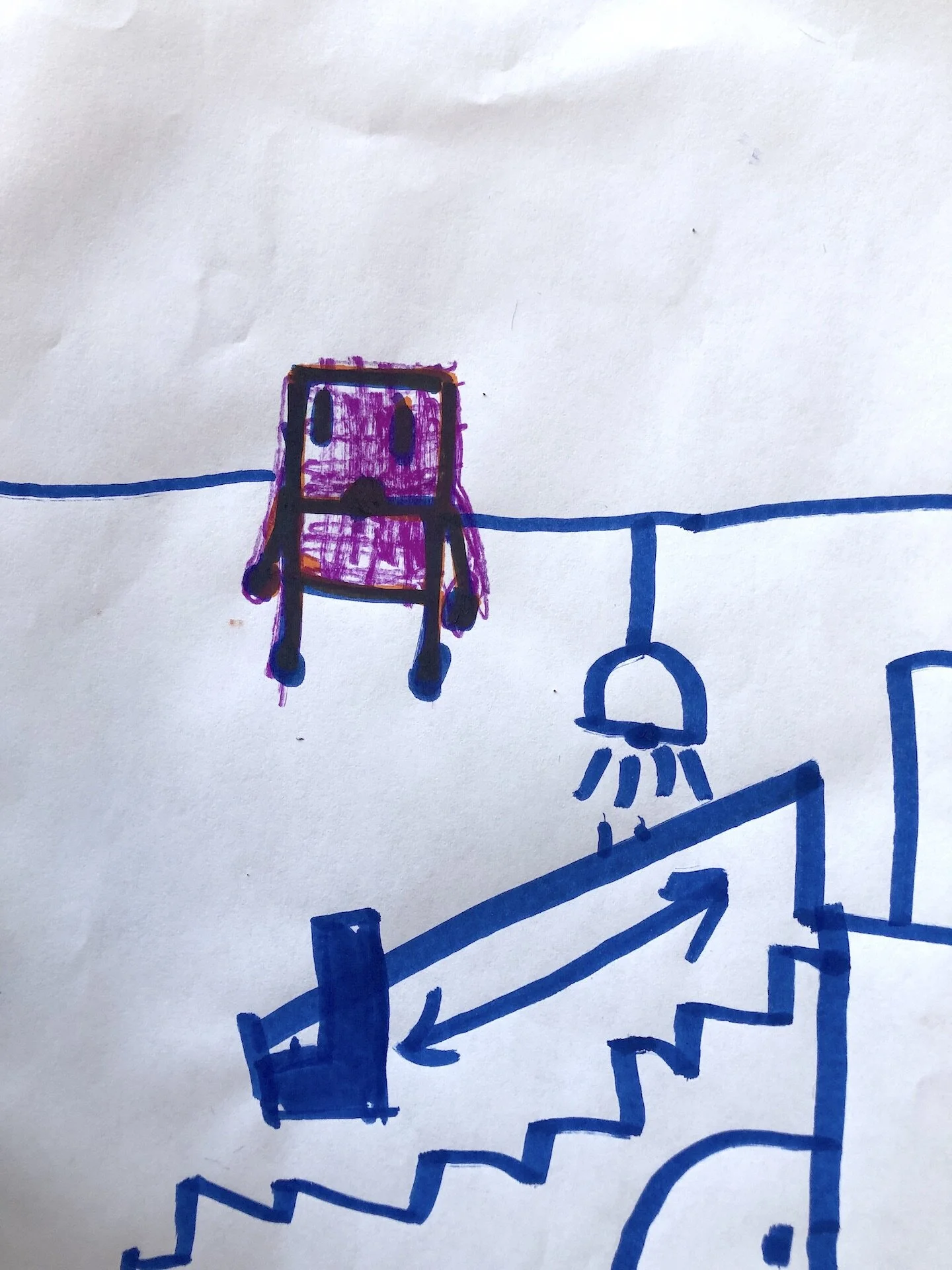
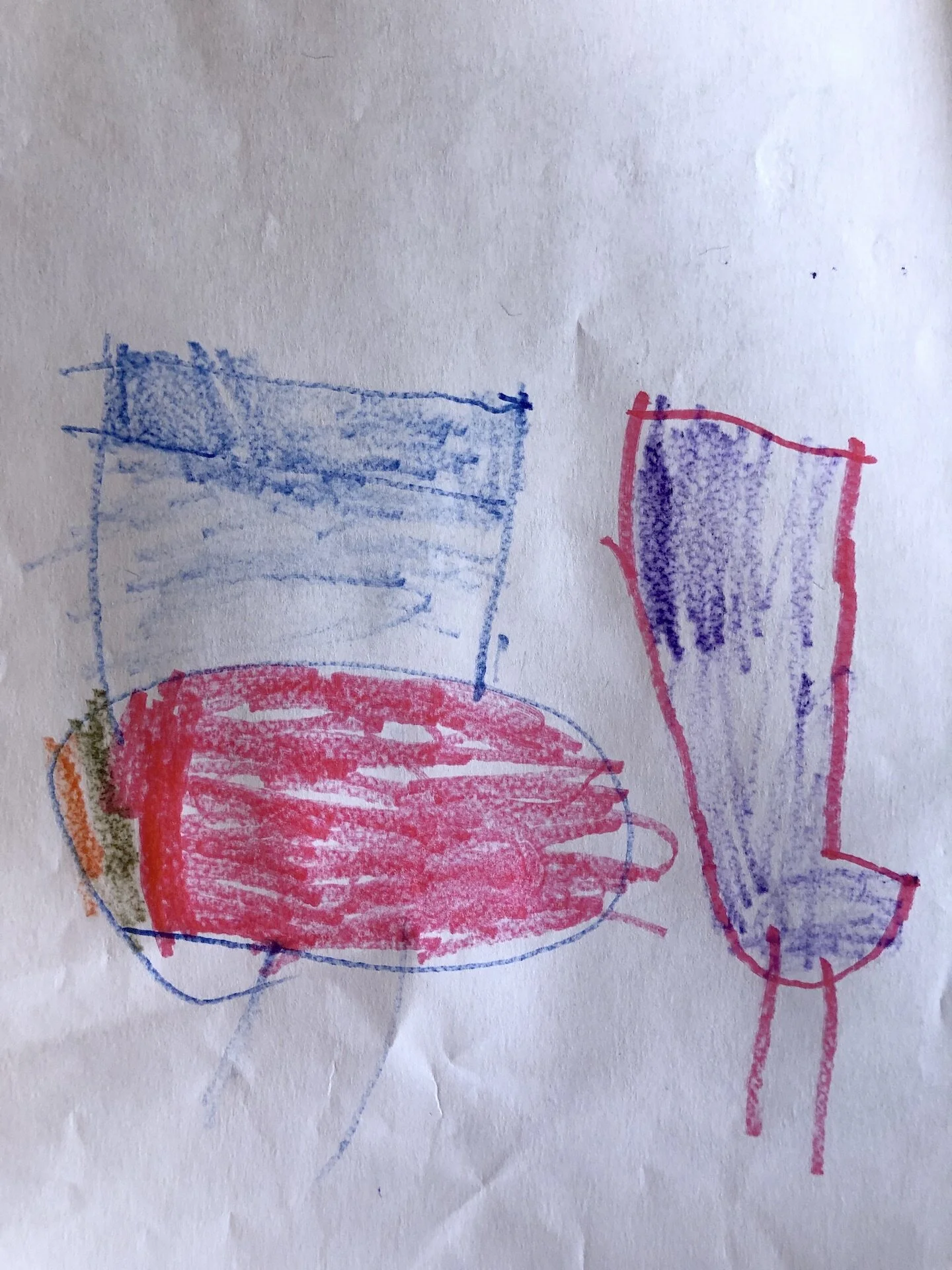
Kids are designers
Next, they started building using pipe cleaners. We talked about how to think of a structure in terms of ‘bones.’ What are the lines of your chair? How does it function? What will support it? Next, we used foam board to talk about silhouette. We asked: what will the chair look like from a side view? How will the chair work in relationship with other objects in a room?
Finally, we created 3-D models of the chairs out of clay. The groups were able to add specific details, and consider their chair’s overall shape and how it would feel in space.
When all the chairs were done, the groups shared with each other about who their character was, what their character’s perceived needs were, and why they made their chair the way they did.



Circles kids reflection
After the design thinking session concluded, I met with the participants and we had a series of unstructured interviews where they reflected on their takeaways from the experience:
“I’ve learned how to help other people with their needs and how to help them by also helping myself. And not just helping myself or just helping them but helping both of us in a way that works.”
“(The Design Thinking Session) was about teamwork. If it was just you it would have been hard. It took teamwork to make the chair and plan it out.”
“(Empathy) means when someone puts someone else down in a not very happy position, you try to cheer them up. Empathy means that you have feelings for others, you care for others. If they are sad, you can feel sad with them.”

